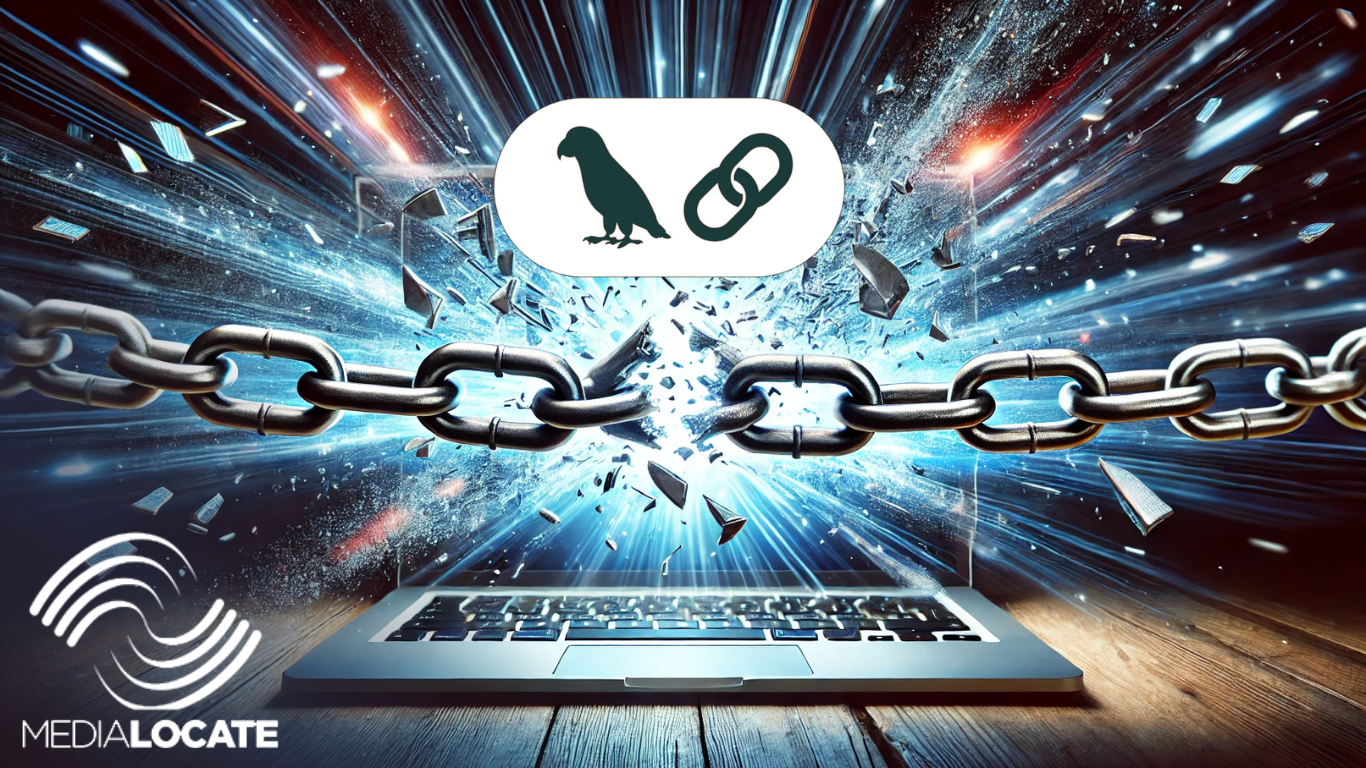
As businesses increasingly rely on AI-driven platforms for global communication, many find themselves locked into proprietary systems that limit flexibility. With new AI models emerging rapidly, companies tied to a single provider often miss out on better opportunities due to high switching costs. Recent events, like OpenAI’s leadership change, highlight the risks of vendor dependency. At MediaLocate, we prioritize flexibility by remaining tool-agnostic, tailoring our solutions to meet clients’ needs, and helping them stay adaptable in a fast-changing market. Here’s why a vendor-neutral approach is crucial for future success.
Risks of Vendor Lock-In for MT
Businesses face crucial decisions as machine translation (MT) and AI-driven language platforms become more common and important for global communication. However, businesses are often attracted by systems that promise quick benefits but lock them into a single provider. This “captive system” prevents the company from adapting to changing market needs.
The constant announcements of new models, platforms, and systems in the AI space indicate a rapidly changing technology landscape. Businesses that locked into an AI system as recently as just a year ago may find an abundance of new systems equipped to meet their needs more effectively. However, because they got locked into a captive proprietary system, the high switching costs prevented them from taking advantage of better opportunities.
Impact of AI Vendor Dependency
Businesses that put all their eggs in one basket, relying heavily on a single AI vendor, risk significant disruption when unforeseen changes occur. In November, the unexpected dismissal of OpenAI CEO and co-founder Sam Altman raised concerns among companies that had locked into OpenAI’s ChatGPT as part of their tech stack. They were anxious about how this leadership shake-up might disrupt their day-to-day operations.
AI-Lock-in Systems vs. AI-Agnostic Systems
| AI-Lock-in Systems | AI-Agnostic Systems | |
|---|---|---|
Vendor Options |
Limited Vendor Options: Options: Users can only utilize the AI models and services provided by a specific vendor. This choice makes users “captive” to vendors' pitfalls, such as unexpected leadership shakeups, service outages, deprecation of models, and inconsistent regulatory compliance. |
Multiple Vendor Support: Support: Users have the flexibility to choose from a variety of AI models and services from multiple vendors. This ensures redundancy in the face of unexpected challenges with one vendor. LangChain is an AI development framework that enables users to integrate prompts and configurations across multiple AI vendors, ensuring compatibility and flexibility in their AI strategies. |
Data Portability |
Restricted Data Portability: Portability: Data, models, and workflows cannot easily be transferred to another platform due to proprietary formats and vendor-specific integrations. This lack of standardization hampers migration efforts, often requiring extensive redevelopment. This results in higher switching costs, prolonged transition times, and potential data loss when business attempt to leverage better solutions outside the platform. |
High Data and Model Portability: Portability: Standardized formats and open integrations allow businesses to efficiently transfer data, models, and workflows across different platforms. Enhanced data portability ensures data continuity and integrity. The ease of migration reduces time, effort, and costs involved in switching providers. Companies can access innovative opportunities outside the platform with minimal disruption . |
Customization & Integration |
Proprietary Integrations: Proprietary integrations are designed around a fixed set of features and use cases. They are generally closed environments, where the source code is not accessible to users, limiting any modifications or enhancements to the software. This lack of transparency means that businesses must rely solely on the vendor for customizations. |
Open-Source and Customizable: Customizable: Open-source integrations are built on accessible source code, allowing businesses to customize and enhance the software to suit their unique needs. This strategy ensures independence and adaptability, enabling seamless adaptation to technological advancements or shifts in provider landscapes. |
MediaLocate’s Tool-Agnostic Approach
While captive systems may seem attractive, we believe adopting a vendor-neutral, AI-agnostic approach allows companies to remain flexible and avoid being locked into a single, restrictive system. At MediaLocate, we focus on delivering the best outcomes for our customers by opting for tool-agnostic solutions. This flexibility enables us to customize our approach to meet each client’s requirements. Here is why we chose to remain “tool-agnostic.”
While AI vendor lock-in systems might promise superior performance, they come with the trade-offs of limited flexibility and vendor “captivity.” In contrast, AI-agnostic systems offer flexibility, scalability, and cost-efficiency. These benefits allow businesses to adapt and thrive in a dynamic AI landscape.
At MediaLocate, we specialize in helping businesses navigate the complexities of AI-driven language solutions. Partner with MediaLocate to leverage the power of AI without compromising profitability—let us help you confidently manage the future of multilingual communication. Contact us today to explore how we can support your journey toward more innovative, efficient language solutions.











